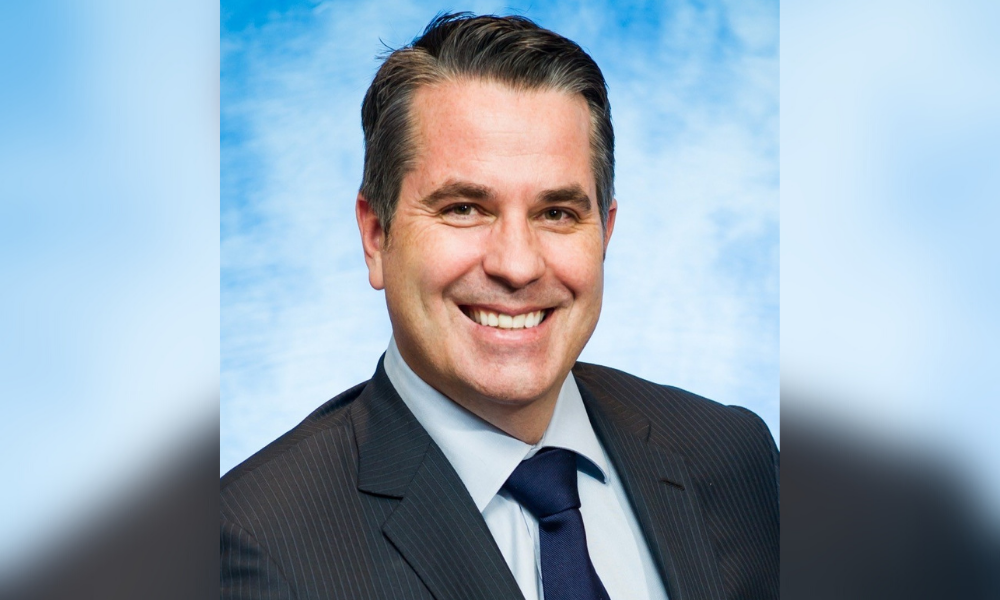HomeEquity Bank explains how it can integrate its CHIP Reverse Mortgage to provide a potentially life-changing solution

Very few people know their third act. We all envisage – and even dream – about a desired retirement lifestyle, whether that’s travelling, spoiling grandchildren, spending our twilight years in our dream cottage, or all of the above.
However, life brings all kinds of unforeseen circumstances. Maybe health problems intervene, you want to give more family members living benefits while you’re alive, or maybe you simply want to maximize your estate, so you leave behind a greater financial legacy.
HomeEquity Bank believes it’s struck upon insurance strategies that can help your clients address these issues by utilizing its CHIP Reverse Mortgage. The bank found that about 40% of its inquiries to its new Wealth Management division came from insurance agents. Through identifying a number of case studies, it saw an opportunity to integrate the CHIP Reverse Mortgage to provide clients with a potentially life-changing solution.
Reverse mortgages themselves are often misunderstood and perceived to be reserved for a marketplace rooted in “need”. Andrew Cairns, National Lead, Wealth Management at HomeEquity Bank, told WP this is outdated and fails to acknowledge how it can help high-net-worth clients with tax-efficient cash flow alternatives that don’t “pay the tax man too early”. For more on that, read this article.
He explained that a reverse mortgage is similar to a conventional first-charge mortgage with two crucial differences: it does not have the obligation of monthly payments and it concurrently allows clients to access their home equity without tax impact or otherwise selling off appreciating investment portfolios.
This is of particular significance to advisors offering advanced investment and insurance strategies. With regards to the latter, Cairns said a lot of the long-term experienced insurance professionals they connected with had large books of business gained over 20–30-year careers. Many of their clients began permanent insurance policies in their 30s and 40s but are now entering retirement and facing significant challenges remaining committed to ongoing premium payments.
In addition to this, the underlying benefits in these legacy insurance policies that these agents were offering tended to have more benefits than similar policies that are issued today. In short, they are well worth keeping.
Cairns said: “Essentially, what we can do is provide cash flow to keep the existing book of superior insurance products in force, as opposed to clients either cashing out or lapsing their policy. As much as we would like to see a 70-year-old qualify for a new insurance policy, they don't qualify in quite the same way as they used to when they were in their 30s and 40s.”
With a significant portion of an insurance practice’s work involved in keeping existing clients committed to the original proposition, where is the cash going to come from if clients have retired? Well, those same families may have bought a house back then for around $300,000, only to have “woken up to the pleasant reality” that their home is now worth more than a $1 million, Cairns said.
“This is an excellent way, using the same reverse mortgage product, to get access to tax-free cash flow that can be used for lifestyle expenses or in this circumstance, to keep the benefits of that insurance policy in play.”
Why would somebody want to do that? Fundamentally, to maximize their estate for the next generation. These insurance policies pay out a significant amount tax-free to the beneficiaries and, in most cases, pass outside the normal estate settlement process.
In a case study of a divorced man of 65 with two children, there is clear net benefit to his estate when that insurance policy is kept on, even when accounting for a modest 2% in real estate appreciation. Cairns said: “This strategy is basically about making the most of insurance policies that clients may have started years ago but have had income circumstances change. In addition, there is the intergenerational benefit, which is huge.”
Another complementary strategy that’s being utilized via the CHIP Reverse Mortgage is if the client does not qualify for a policy because of health reasons or age. That begs the question of what happens if they are struck down by disability or a critical illness. Many uninsurable individuals are leaning on reverse mortgages to cover this potential insurance gap. Crucially, they don’t have to use all the funds they qualify for to its full extent until that crisis potentially occurs in the future.
For example, the CHIP Reverse Mortgage only requires $25,000 to be drawn. Cairns explained how this applied to a real-life example.
He said: “[The client] with a luxury home took out $25,000 as an initial draw from his reverse mortgage to fix up the front patio. But because the reverse mortgage was qualified for access to over $900K, the client has ad hoc point-in-time ability to access to the additional money from his reverse mortgage at any time in the future, as long as he lives in the home.
“If things go really, really well, he contains costs and actually won't use the full funding potential of the reverse mortgage at all, but should something happen to him, he’s not in a position where he has to sell off valuable investments or downsize to raise money for things like homecare.”
Cairns believes reverse mortgages effectively become a big ‘what if’ fund that can be tapped into. This is effectively what the insurance business is all about, he said.
“It’s not insurance in the traditional sense but it replaces a typical need that insurance professionals are fundamentally familiar with, and this excites people in the business because they want to make sure simply that families are protected.”
To learn more please visit https://www.chipadvisor.ca/wealth/



